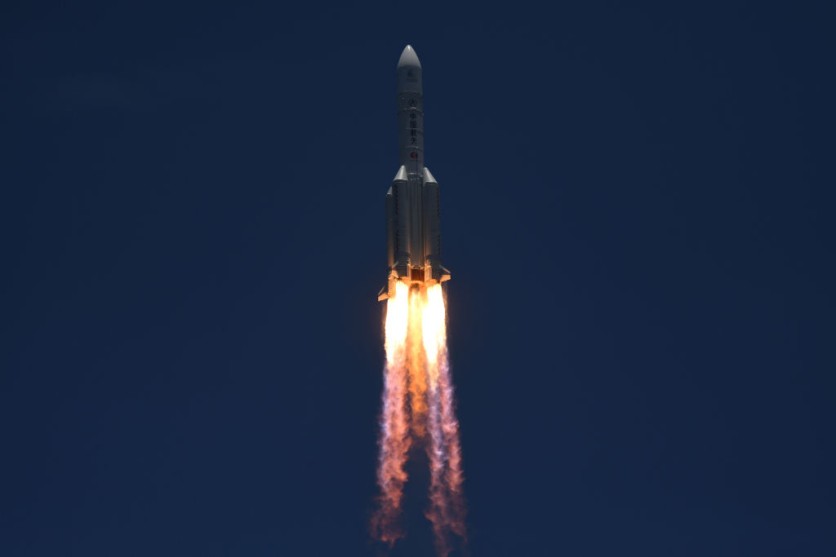China's Tianwen-1 celebrates its first anniversary since Zhurong touched down on Mars. The Tianwen-1 is the country's first probe landing on a different planet and its first Mars satellite. Currently, the spacecraft is in the southern part of Utopia Planitia, located in the northern hemisphere.
The spacecraft's total distance is 1,921 meters on Mars and has sent approximately 940 gigabytes of scientific data to Earth that help scientists find out more details about the red planet.
Tianwen means "Questions to Heaven" by the poet Qu Yuan reflects the persistence of the Chinese to find the truth and explore the universe.
The Power of Zhurong
Zhurong has the capability to communicate with Earth or use its Tianwen-1 orbiter to enable high-speed data relay. Its orbiter comes with its own set of science instruments to study Mars, such as a high-res camera that can capture high-quality images.

It can also zap rocks and record the resulting chemical signatures, which is similar to NASA's Perseverance and Curiosity rovers. The Zhurong's radar works by sending radio waves into the surface and measuring the reflection types. Through this, scientists can piece everything together into a 3D map.
Winter is Coming
Aside from its first year on the planet, Zhurong also braces itself for its first winter on Mars. Currently, the rover is getting lower amounts of energy from the sun due to the winter season in the Northern Hemisphere.
China's engineering team in charge of the Zhurong has made adjustments on the angle of the solar wings to allow the rover to get maximum exposure and reduce its work hours for better control of its energy usage.
With Zhurong's automated sleep mode, it will activate if the energy levels fall below a certain point. It will trigger hibernation until the environmental conditions improve. The coldest period for the rover is expected to be in July.
The Mission
It was in January 2016 when the Tianwen-1 mission was approved by the China National Space Administration (CNSA). By July 23, 2020, the probe was launched and on February 10, 2020, the rover entered Mars' orbit following the activation of the braking system to decelerate its speed. Doing so, allows the probe to be captured by the gravity of the red planet.
The Tianwen-1's primary mission is to detect signs of life on the planet in the present and the past. Moreover, it will examine the atmosphere, landscape, magnetic, and geological characteristics of the planet that will provide significant information on the origin and evolution of Mars and the solar system.
Should the mission be successful, scientists will be able to determine if Mars can become the next home for humans.
Water on Mars
So far, the mission has uncovered evidence that there was water on the planet in the past. It also revealed that there are hydrated minerals on Mars that can be used for future Mars missions with a crew.
This new information adds to the growing signs that suggest water has been on the planet for some time. It also points to the possibility of ground ice in the area.
Related Article : NASA To Create New Framework as Moon Wobble 2030 Alarms Scientists
This article is owned by TechTimes
Written by April Fowell
ⓒ 2025 TECHTIMES.com All rights reserved. Do not reproduce without permission.




